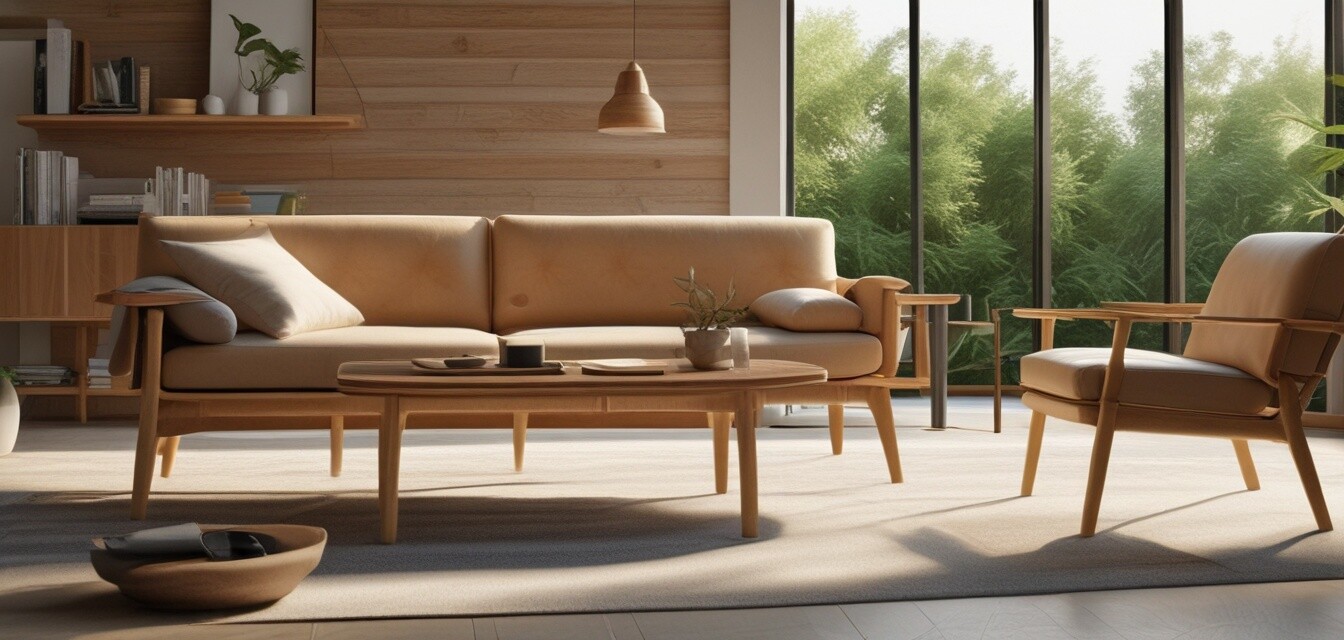
How corporate responsibility is driving sustainable design
Key Takeaways
- Corporate responsibility initiatives are shaping sustainable design in the furniture industry.
- Utilizing sustainable materials and practices can attract eco-conscious consumers.
- Innovations in design are pivotal in reducing environmental impact.
- Market trends are leaning towards transparency and ethical production.
- Sustainable practices can lead to cost savings and improved brand loyalty.
The rise of sustainability in consumer preferences has led many companies in the furniture industry to re-evaluate their practices. Corporate responsibility is not just a trendy buzzword but a crucial element driving the shift towards sustainability in design. This article will explore how these initiatives influence design practices, the adoption of innovative materials, and how businesses can adapt to the ever-changing market dynamics.
The Importance of Corporate Responsibility in Design
Corporate responsibility refers to the practices and policies undertaken by corporations to have a positive influence on the world. This includes initiatives that focus on sustainability in manufacturing and design. The furniture sector, historically known for its heavy reliance on wood and other natural resources, is now facing challenges related to environmental impact and sustainability.
What is sustainable design?
Sustainable design aims to create products that minimize environmental impact throughout their lifecycle. This approach considers the materials used, energy consumption, and the product's end-of-life recycle and reuse potential.
Corporate Responsibility Initiatives
Many companies are now implementing corporate responsibility initiatives that encompass sustainable design. Below are some popular practices:
| Initiative | Description |
|---|---|
| Use of eco-friendly materials | Brands are increasingly sourcing sustainable materials such as bamboo, reclaimed wood, and recycled metal. |
| Energy-efficient manufacturing | Focusing on reducing energy consumption during production processes is crucial. |
| Ethical labor practices | Ensuring fair wages and working conditions for workers in all stages of production. |
| Community engagement | Involving local communities in sustainable initiatives supports local economies and promotes responsible practices. |
| Transparency | Companies are being more open about their supply chains and the sustainability of materials used. |
Consumer Trends Towards Sustainable Furniture
Today's consumers are increasingly seeking ways to reduce their environmental footprint, pushing brands to adopt more sustainable practices.
Consumers are interested in:
- Products made from eco-friendly materials.
- Companies showcasing their corporate social responsibility efforts.
- Innovative designs that incorporate multi-functionality and sustainability.
How Sustainable Design Benefits Companies
Adopting sustainable design practices does not only cater to eco-conscious consumers but also offers numerous benefits for brands:
Pros
- Reduces production costs with efficient resources.
- Enhances brand reputation and customer loyalty.
- Attracts a growing market of eco-conscious consumers.
Cons
- Initial investment in sustainable materials can be higher.
- Requires ongoing training and adaptation of practices.
Future of Sustainable Design
The trajectory of sustainable design in the furniture industry is optimistic, with innovations emerging to meet consumer demand. As technology advances and more companies commit to corporate responsibility, sustainable options will continue to evolve.
Emerging Trends to Watch
- Innovative materials such as bioplastics and mycelium-based products.
- Increased collaboration within industries to share sustainable practices.
- Growth in modular and multifunctional furniture designs.
Conclusion
Corporate responsibility is undeniably influencing sustainable design within the furniture industry. As consumers continue to prioritize eco-friendly products, businesses must adapt to these changes by embracing sustainable practices. The positive impact on the environment, combined with marketplace demand, can create a win-win situation for both businesses and consumers.
To learn more about sustainable furniture options, check out our categories on wooden TV stands, modular TV stands, and buying guides.